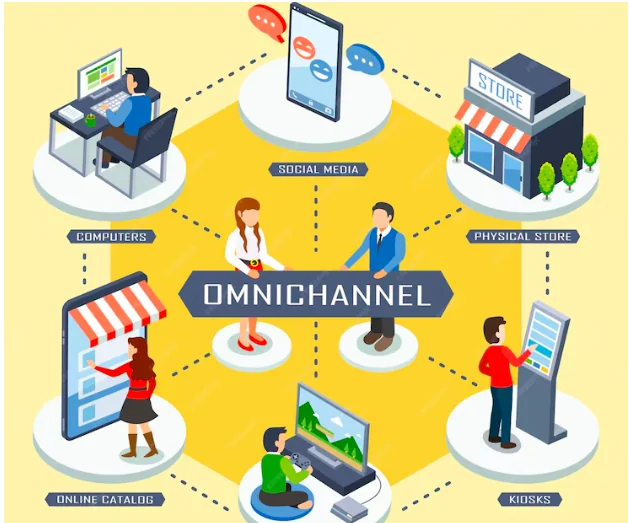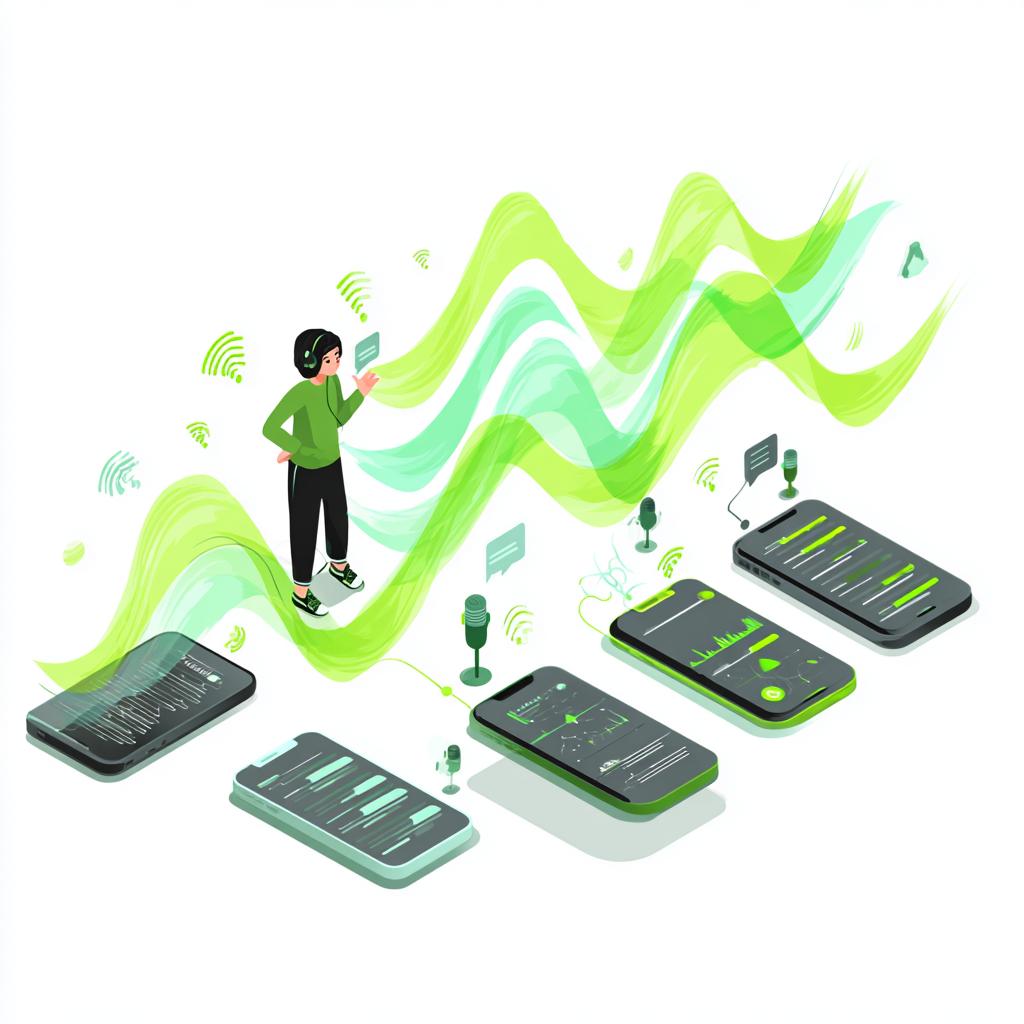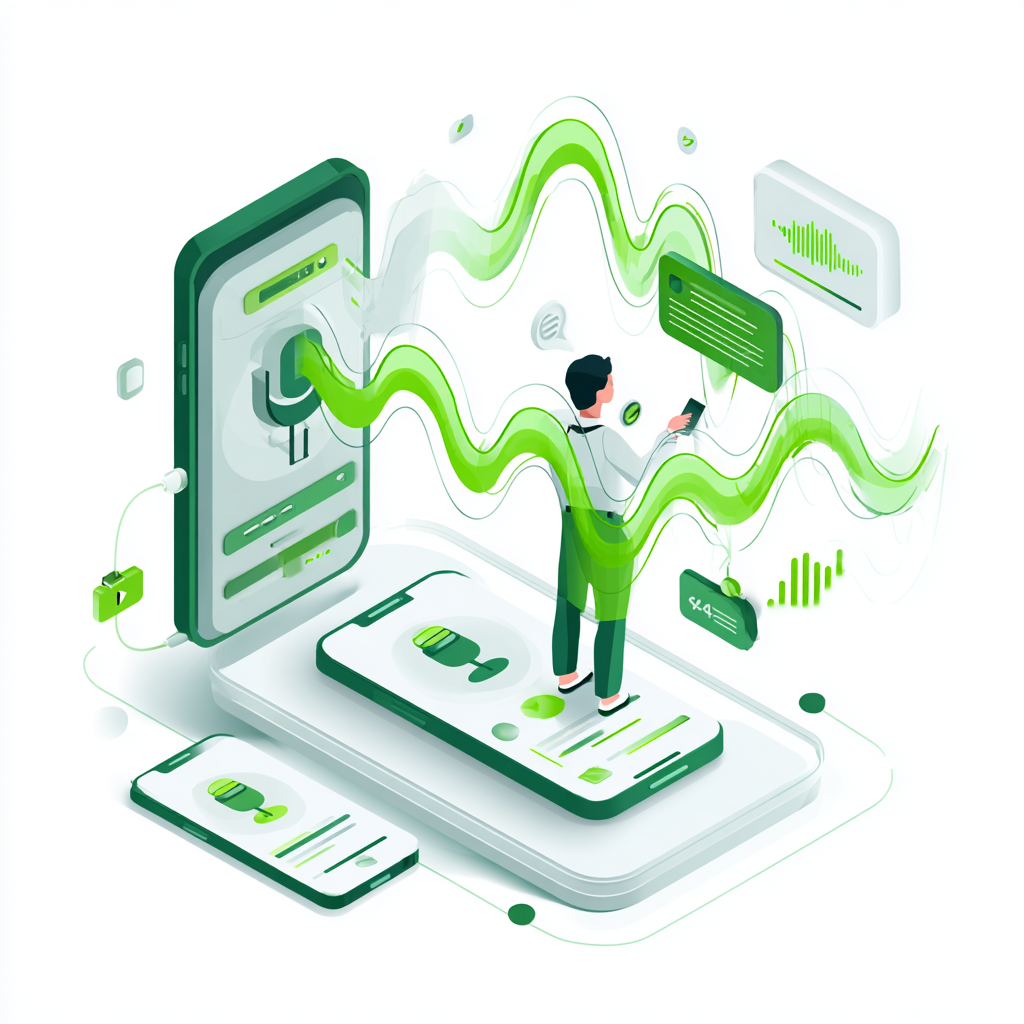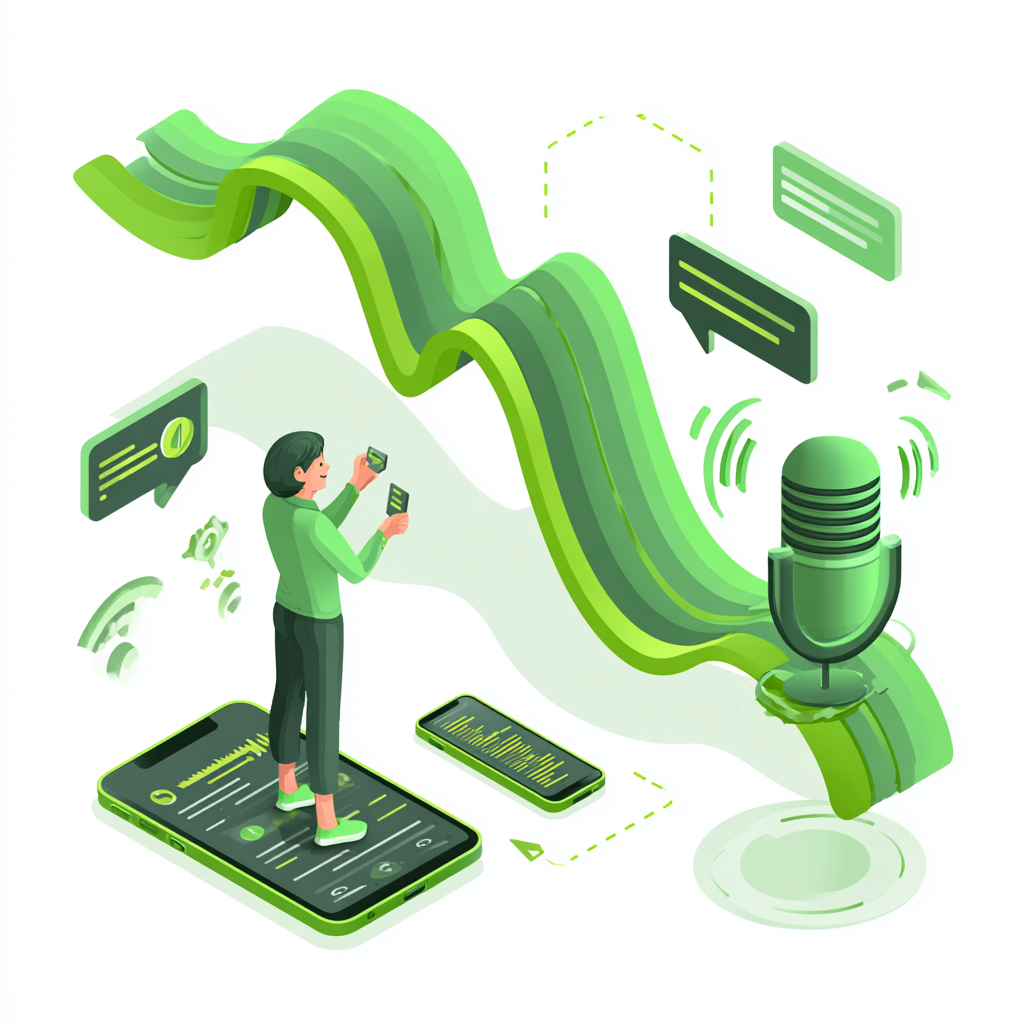We all know how it goes: You look for something online, maybe on your phone, then switch to your laptop or pop into a store. Today, customers expect a smooth, connected experience no matter where they are.
That is precisely what omnichannel customer experience is all about. Omnichannel customer experience is not just about being present on different platforms; it is about making sure all those platforms talk to each other, creating a single, easy journey for the customer.
It is about making things personal and relevant to customers no matter how or where they choose to interact with your brand. In fact, according to a report by Harvard Business Review, 73% of customers use multiple channels during their shopping journey. This clearly shows the need for a unified approach to customer interactions.
Understanding omnichannel customer experience: It is more than just being everywhere at once
You have probably heard the term “multichannel.” That means being on lots of different platforms: websites, social media, apps, physical stores, and so on. But often, those platforms do not communicate with each other.
Omnichannel is different. It is connecting all those channels, knowing that customers jump from one to another.
What makes an omnichannel customer experience suitable?
Key elements of a strong omnichannel customer experience include:
- It has the same feel everywhere: It is like a favorite restaurant. No matter which location you visit, you expect the same food and service. Your brand should have that consistency. The look, the tone, and the message should all be the same, whether you are on the website, in the app, or talking to someone in person. Your logo, colors, and how you talk to customers should always match. It helps people recognize and trust your brand.
- Everything should work together. Information should flow smoothly. If you change your address on the website, it should also update in the app. If you ask a question on social media, the customer service team should see it. All your systems should be connected. No one likes having to repeat themselves or enter the same information twice. When things work together, it makes life easier for your customers and your team.
- Made just for you: Imagine walking into a store with the staff knowing what you like. That is the kind of personalization that the omnichannel aims for. Using customer data, you can tailor offers, recommendations, and communication. That means paying attention to what customers have bought before, what they like, and what they have looked at. Then, you can show them things they are more likely to want or send them relevant messages.
- The right information at the right time: Customers need help when needed. If they are browsing a product, give them the specs. If they are having trouble checking out, offer assistance. That means providing helpful information and support when customers need it most. If they are looking at a product, give them all the details. If they are having trouble with their order, offer them help immediately. It is about anticipating customer needs.
- Easy to move around: Think of it as a map. You should be able to jump from one point to another without getting lost, and customers should be able to switch channels without losing their progress or having to start over. That means making it easy for customers to move between your website, app, store, and other channels. If they add items to their cart on their phone, they should still see them when they switch to their computer.
- Customers first: At the end of the day, it is all about the customer. Focus on their needs and preferences and make their journey easy, which means always thinking about what is best for the customer. Make sure your website, app, and store are easy to use. Listen to customer feedback and make changes based on what they say. Your goal should be to make every interaction a positive one.
Why should you use an omnichannel customer experience approach?
Businesses should use an omnichannel customer experience approach because of the following:
- Happier customers: When things are easy and personal, customers are happier.
- Customers stick around longer: Happy customers are loyal customers.
- Better brand image: A seamless experience shows you care.
- More sales: When things are easy to buy, people buy more.
- Learn from customer data: You can see what works and what doesn’t.
- Work more efficiently: Streamlining processes saves time and money.
How to set up a great omnichannel strategy:
To set up an omnichannel strategy, include:
- See things from the customer’s view: Map out every step of their journey. Where do they start? Where do they go next? Where do they get stuck?
- Get everyone talking: Break down those silos. Ensure marketing, sales, and customer service are all on the same page.
- Use the right tools: Invest in a good CRM, marketing automation software, and other tools to connect everything.
- Know your customers: Build a single, unified view of each customer. What do they like? What have they bought before?
- Personalize things: Use that data to give them personalized recommendations, offers, and content.
- Keep the brand consistent: Use the same logo, colors, fonts, and tone of voice everywhere.
- Make things work on phones: More and more people use their phones for everything. Make sure your website, app, and emails are mobile-friendly.
- Make switching easy: Let customers switch channels without losing their place.
- Look at the numbers: Track your progress. What’s working? What’s not?
- Train your team: Make sure everyone knows how to deliver a great omnichannel experience.
- Listen to customers: Ask for feedback and use it to improve.
Arkesel and helping with omnichannel:
Arkesel offers tools that are perfect for building an omnichannel customer experience. Their communication APIs allow you to connect with customers via SMS, email, and voice. These tools can help you:
- Send personalized messages and alerts.
- Automate customer support interactions.
- Run targeted marketing campaigns.
Using Arkesel’s tools, businesses can integrate these communication channels into their existing systems, creating a more unified customer experience.
What is challenging about omnichannel customer experience?
Common obstacles to omnichannel customer experience success include:
- Information is in different places.
- Old systems do not always work with new ones.
- Changing how the company works.
- Using lots of different tech.
- Keeping everything consistent.
- Protecting customer privacy.
Omnichannel in action: Real-world examples include:
- Starbucks: Easy ordering and rewards are available through their app.
- Disney: A magical experience online and in their parks.
- Sephora: Online and in-store makeup help.
- Nike: Personalized products and in-person/online integration.
What is next for omnichannel?
The future of omnichannel is defined by hyper-personalization and immersive experiences. Expect AI to drive more intelligent chatbots and virtual assistants, offering tailored recommendations and seamless support. Augmented Reality will blur the lines between physical and digital, enabling virtual try-ons and interactive product previews. The metaverse will introduce entirely new realms of brand interaction, with virtual storefronts and immersive experiences. Seamless data integration and predictive analytics will enable businesses to anticipate customer needs and provide proactive, personalized solutions. Ultimately, excelling in omnichannel marketing is essential for businesses seeking sustained success. By prioritizing customer needs, embracing emerging technologies, and focusing on cohesive integration, brands can create exceptional, loyalty-building experiences.





